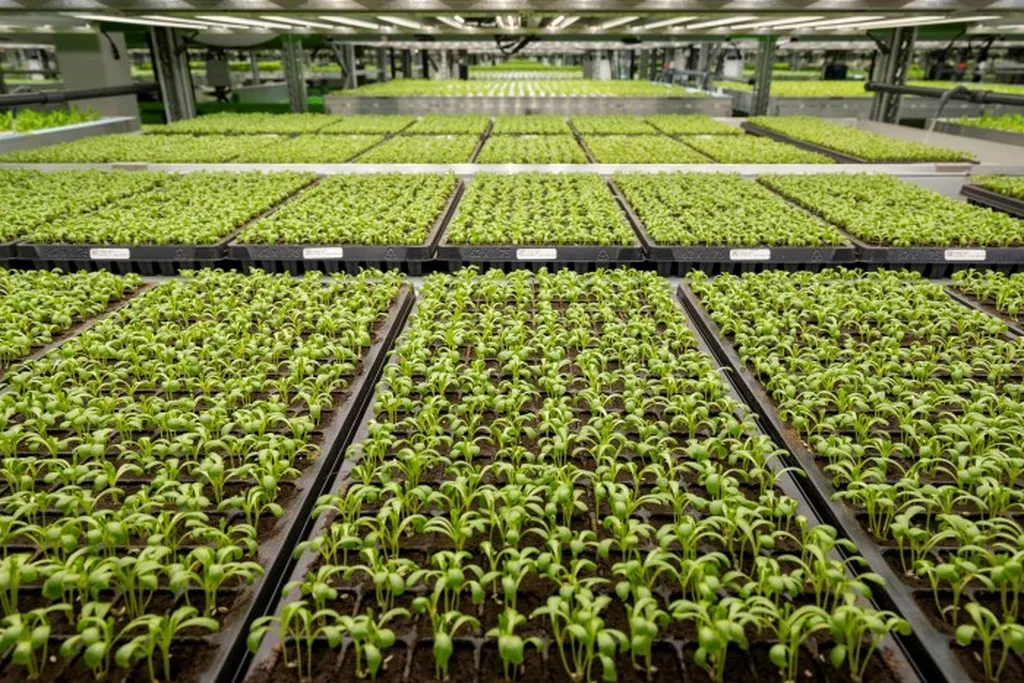In the heart of Singapore, a team of researchers led by Jia Min Lee from the School of Biological Sciences at Nanyang Technological University has made a significant stride in understanding how leafy greens cope with stress in hydroponic systems. Their work, published in *Frontiers in Plant Science* (which translates to *Frontiers in Plant Science* in English), could reshape how we approach crop resilience and smart agriculture.
Hydroponics, a method of growing plants without soil, is gaining traction as a way to produce crops in controlled environments. However, these systems aren’t immune to stress. To better understand how plants respond to various environmental and nutrient challenges, Lee and her team subjected three leafy greens—cai xin, lettuce, and spinach—to 24 different treatments. These treatments ranged from extreme temperatures to reduced light exposure and severe macronutrient deficiencies.
The results were eye-opening. “We found that extreme temperatures, reduced photoperiods, and severe deficiencies in key macronutrients like nitrogen, phosphorus, and potassium significantly limited the fresh weight of these crops,” Lee explained. This is crucial for commercial growers, as these factors directly impact yield and profitability.
But the real breakthrough came from the transcriptomic profiling. By analyzing 276 RNA-seq libraries, the team identified a strong, shared response across all three species: a downregulation of photosynthesis-related genes and an upregulation of stress response and signaling genes. This suggests that, despite their differences, these plants share common mechanisms for dealing with stress.
Perhaps the most exciting part of the study is the identification of highly conserved gene regulatory networks (GRNs) spanning all three species. “This is the first cross-species analysis of stress-responsive GRNs in economically important hydroponic leafy vegetables,” Lee noted. These networks are anchored by well-known transcription factor families, but they also show lineage-specific differences compared to Arabidopsis, a widely studied model plant. This divergence suggests that each species has its unique way of adapting to stress, a finding that could be crucial for breeders aiming to develop stress-resilient crops.
To make their data accessible, the team introduced StressCoNekT, an interactive, publicly available database. This tool allows researchers to compare transcriptomic data and accelerate the discovery of robust stress-responsive genes. “We hope that StressCoNekT will become a valuable resource for the scientific community,” Lee said.
The implications of this research are far-reaching. For the energy sector, understanding how to optimize crop growth in controlled environments could lead to more efficient use of resources, reducing the energy footprint of agriculture. Moreover, the insights gained could pave the way for developing smart agriculture solutions that are more resilient to environmental challenges.
As we face a future with increasing environmental pressures, studies like this one are more important than ever. They not only deepen our understanding of plant biology but also provide a critical foundation for breeding stress-resilient crops and developing sustainable agriculture practices. With tools like StressCoNekT, the future of plant science is looking brighter—and more interconnected—than ever before.

